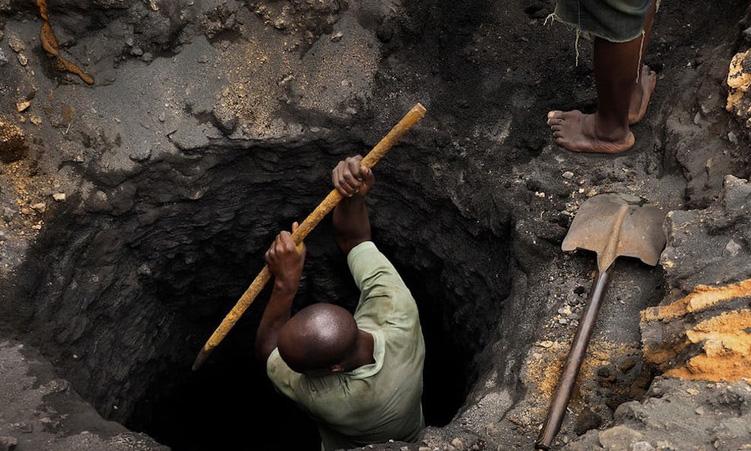RE: ‘New uranium mine will destroy Goanikontes’ published on November 28 2009.
Yes, Bannerman’s Etango mine will be disastrous for the landscape and environment around Goanikontes. That seems to be the price of economic progress and prosperity. The same applies to the existing Rössing, Langer Heinrich and Trekkopje mines, as well as the future Husab, Ida Dome, Rössing South, Tubas, Tumas and Valencia mines – the list of prospective uranium mines is long and growing, but none is as close to a large town, a centre of tourism, as Bannerman’s Etango. In contrast to your reporter, we did not find the draft EIA report and its presentation comprehensive at all. Too many questions were left pending further studies and statistical models. How high will the additional radioactive burden be for the population? Will they really get all of their annual five million cubic metres of water from desalination or rather by draining the already overburdened groundwater resources? Will the additional peak load of 25 or even 35 MW not endanger the power supply of a country that is already at the limit? But most important of all, what will they leave behind after the ore bodies are depleted? An ugly industrial wasteland with harmful residues? At the Public Consultation Meeting for the Etango project on 21.10.09 in Swakopmund, Bannerman’s Mr Cristians said that the three-km-long by one-km-wide by 400-metres-deep pit will not be backfilled. Neither will any of the other mines, we presume, whatever their product, uranium, gold, zinc, copper or cement. So what can be done? Stop progress; leave the minerals in the ground and the ambient intact? Not very likely to happen and not really fair on a planet where the human population tripled in a lifetime and where everyone expects and deserves to live a decent life without extreme poverty. Hence, no doubt, developing but basically still poor countries must exploit their natural resources. Mining may contribute to the wealth of the nation through royalties and taxes. How this new wealth is distributed amongst the two million citizens of Namibia is the crucial question. At the presentation, the consultant stated clearly ‘we did not look at wealth distribution’. Nor is this within their scope. Public hearings about mining projects tend to deteriorate into a ‘mine bashing’ session. That is unfortunate and counter-productive. The prime goal of most businesses is to maximise shareholder profits. But a democratic government should care more for the long-term interest of their people than for the profit of investors. It is up to the responsible government bodies to oversee, control, constrain and – where damage clearly exceeds benefit – also deny permission for such projects. And it is up to the public, the citizens and the voters, to demand such effective controls. Dr Gustav Obermair, physicist Siegfried Eckleben, electrical engineer, Via e-mail
Stay informed with The Namibian – your source for credible journalism. Get in-depth reporting and opinions for
only N$85 a month. Invest in journalism, invest in democracy –
Subscribe Now!










